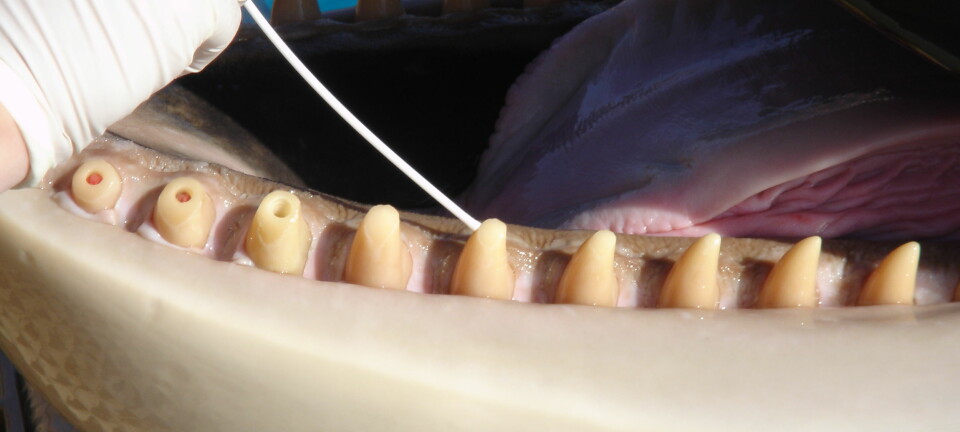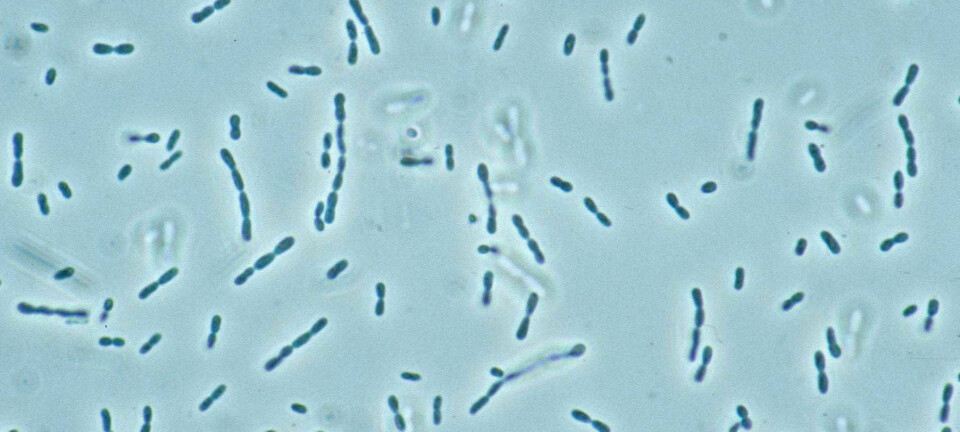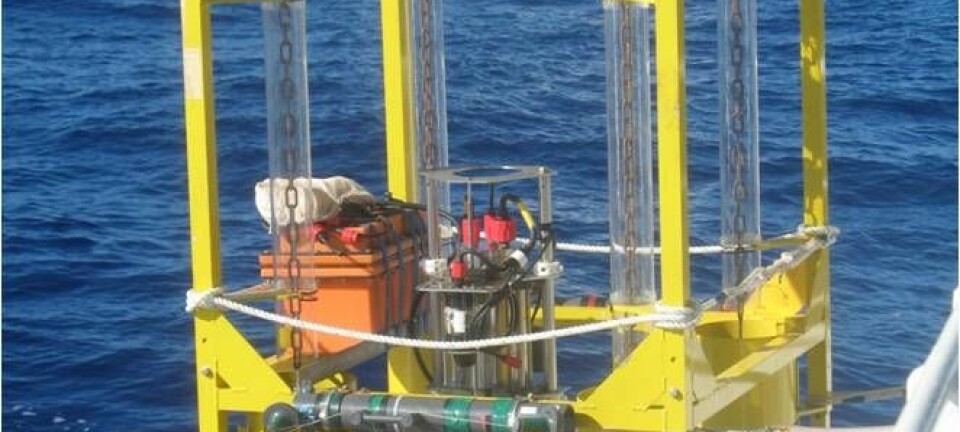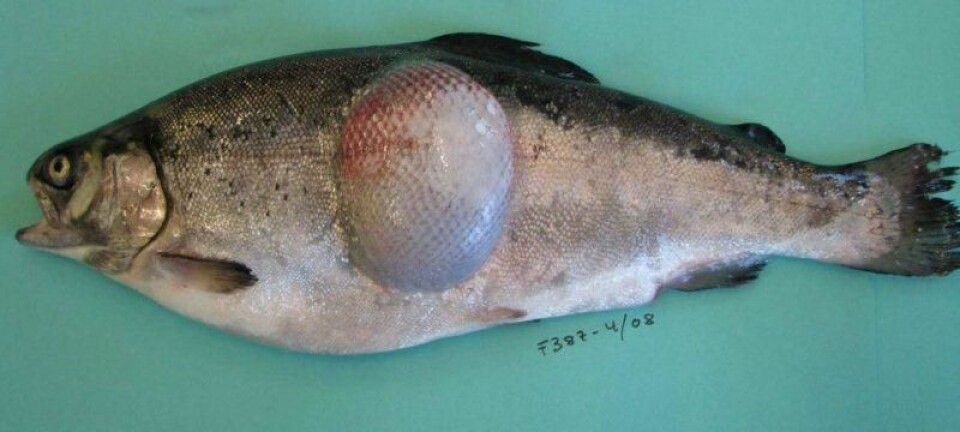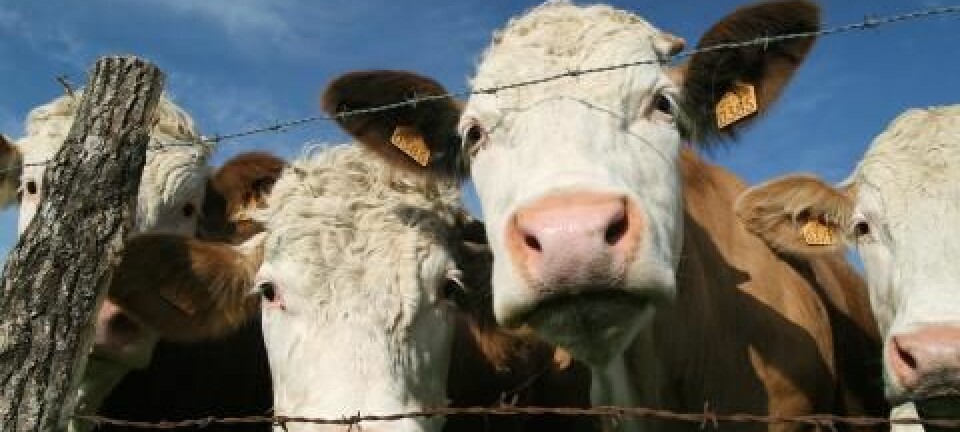
How bacteria adapt to human hosts
Researchers have mapped how bacteria go from living in topsoil to living in the lungs of cystic fibrosis patients.
Topsoil and lung tissue are two highly different environments, providing highly different conditions for microbial life.
But yet the Pseudomonas aeruginosa bacterium thrives in both places.
In the soil it lives a relatively anonymous life, while in cystic fibrosis patients it causes chronic pneumonia.
Now researchers have figured out how the transition from the soil to humans has formed the P. aeruginosa and how the bacterium continues to evolve both to life inside the lungs and to resist doctors’ attempts to fight it.
Our analyses showed that there were many mutations in the bacterium, and that the evolutionary changes are still taking place. This means that the bacteria have not only adapted to life in the lungs, but also that they continue to optimise themselves in relation to this environment.
Lars Jelsbak
”Our study shows how the P. aeruginosa has undergone genetic adaptation to life in the lungs and how this adaptation, among other things, has made them more resistant to antibiotics,” says co-author Lars Jelsbak, of the Department of Systems Biology at the Technical University of Denmark.
The study is published in the journal PNAS.
Studied 40-year-old bacteria
The researchers examined saliva samples from cystic fibrosis patients who have been in treatment for their disease at the National Hospital of Denmark over the past 40 years.
The samples were carefully collected and frozen down by Helle Krogh Johansen, MD, and Professor Niels Højby, who has been working with infection biology for half a century.
From the saliva samples the researchers could isolate an incredibly tough strain of bacteria that had managed to infect from patient to patient through these four decades.
Genome sequencing of the bacteria informed the researchers about what changes/mutations had taken place in the genetic material of the bacterial strain since the first bacterium infected a cystic fibrosis patient in the early ‘70s.
They could also see the order in which each of the mutations had arisen.
”Our analyses showed that there were many mutations in the bacterium, and that the evolutionary changes are still taking place,” says Jelsbak.
“This means that the bacteria have not only adapted to life in the lungs, but also that they continue to optimise themselves in relation to this environment.”
P. aeruginosas process recreated in the lab
To gain an overview of how the mutations affected the P. aeruginosas’s ability to live in the lungs of cystic fibrosis patients, PhD student Søren Damkjær studied the evolutionary process that the bacteria had undergone over the past 40 years.
He did this by inserting the mutated genes into a mutation-free reference strain which had not been in contact with humans.
The mutations were inserted into the bacterium one by one in the same order that they had appeared in the cystic fibrosis patients.
This enabled the researchers to study how each single mutation and each stage of development helped the P. aeuginosa to live and survive inside the lungs.
”As we inserted the mutations, we observed that the bacterium was behaving more and more like the bacteria we had isolated from the lungs,” says Jelsbak.
”We also observed interactions between the mutations, and one of the effects of this was that the bacteria became resistant to antibiotics.”
Important piece in the puzzle
With the mapping of the evolutionary steps that the bacteria undergo to enable them to live inside humans, Jelsbak hopes that their new study can contribute to an improved understanding of the adaptation processes that bacteria resort to in order to infect humans.
This information could prove invaluable in future treatment strategies.
”I hope that we will eventually be able to fight the bacteria’s evolutionary mechanisms with drugs and thus prevent them from adapting to life in us humans.”
--------------------------
Read the Danish version of this article at videnskab.dk
Translated by: Dann Vinther
